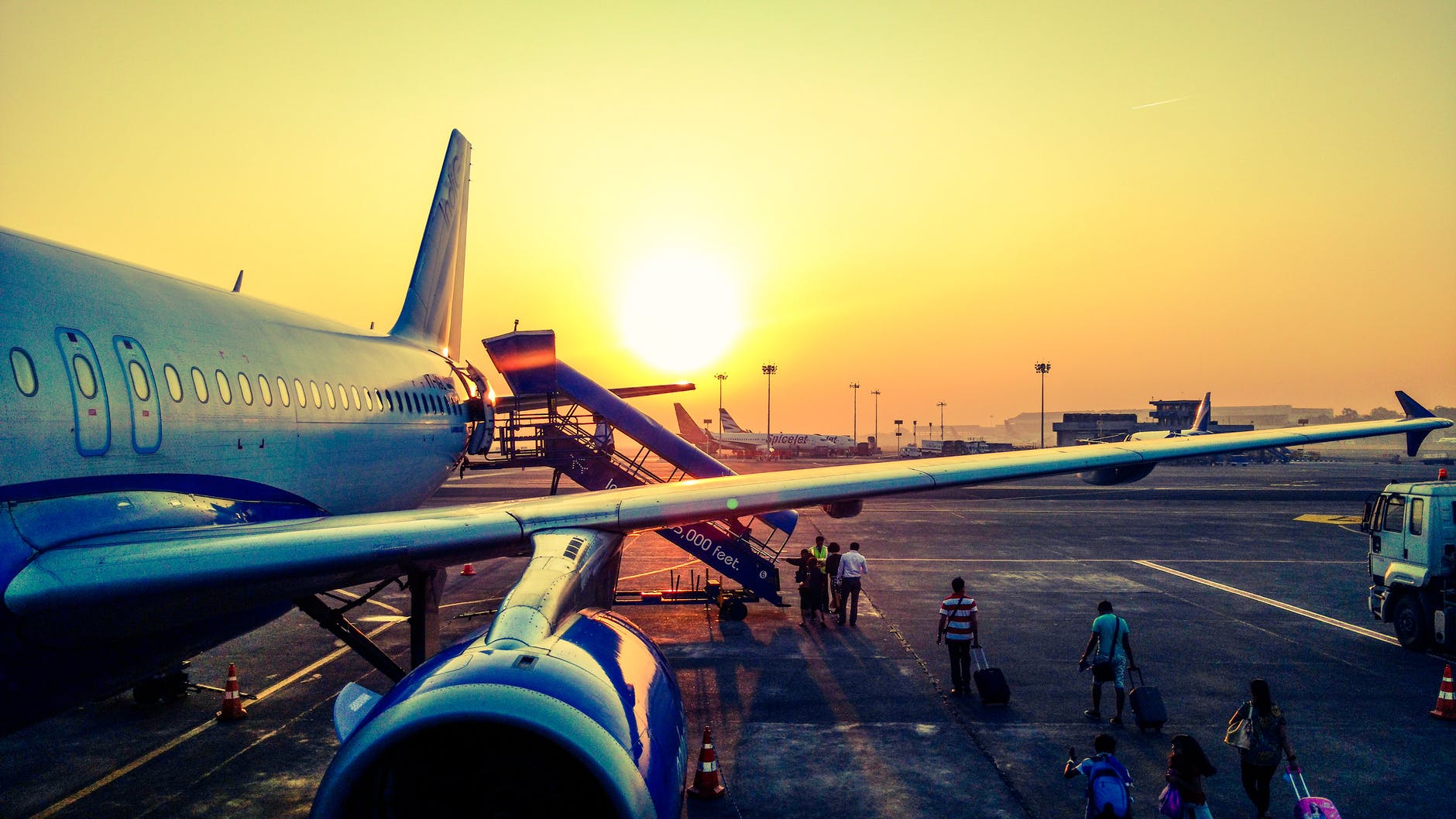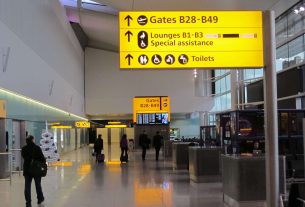The annual gathering of Europe’s regional airports and their business partners takes place in Dubrovnik. The event is the opportunity to review trading conditions and the latest industry analysis from ACI EUROPE.
While larger regional airports and in particular those serving popular tourism destinations or relying on VFR demand (Visiting Friends and Relatives) have generally kept outperforming the European average for passenger traffic this year (+7.5% vs. a European average of -0.9% when compared to pre pandemic levels), smaller regional airports3 have significantly underperformed – with their passenger volumes remaining 38.6% below 2019 levels.
This reflects post-COVID structural shifts in the European aviation market, notably:
– The accelerated rise of Ultra-Low Cost Carriers (LCCs) and relative retrenchment of Network Carriers on their hubs – which has been especially acute for regional airports. While LCCs are increasing seat capacity at regional airports by +15.3% this Summer when compared to pre-pandemic (2019) levels, Network Carriers are decreasing by -24.5%. Smaller regional airports are seeing both LCCs’ and Network Carriers’ capacity decreasing.
– The increasing reliance of Europe’s airports on international passenger traffic as domestic traffic remains below pre‑pandemic levels. So far this year, international traffic at regional airports has increased by +5.7% when compared to pre-pandemic levels while domestic traffic is down by -5.9%. But the fact remains that replacing lost domestic traffic by new international traffic is usually more challenging for smaller regional airports due to their market size.
– The predominance of leisure/VFR demand as business demand remains below pre-pandemic levels.
While achieving financial viability has been a challenge for regional airports, especially smaller ones, these new market realities are making it more difficult to break even – let alone finance investment in decarbonisation, digitalisation and infrastructure upgrades:
– Traffic seasonality has always resulted in higher operating cost and a lack of economies of scale. While some regional airports have managed to extend their peak seasons, others are struggling to grow traffic outside the peaks and reduce demand imbalance across the year. Changing weather patterns are also starting to impact demand – pointing to new uncertainties over seasonality and traffic levels.
– The strengthened airline buyer power results in below break-even revenues from user charges. These charges have been on a steady decline in real terms over the past 5 years and are reaching an all-time low in 2024. Regional airports with less than 5 million passengers per annum are now charging airlines -16.4% less for the use of their facilities compared to 2019.
Just like their larger peers, regional airports have embraced decarbonisation. A record 261 regional airports across Europe are now certified for carbon management and reduction under Airport Carbon Accreditation, with 8 of them holding the brand new Level 5 accreditation – certifying them for reaching and maintaining a net zero carbon balance for emissions under their control, and extending mapping, influencing and reporting requirements for all other emissions in particular those from airlines.
But as these airports are increasingly looking at facilitating the deployment of zero-emission aircraft, they need to be factored in along with the rest of the airport industry into the EU and national energy policies. This is about securing not just the availability of SAF but also access to green energy at competitive and undistorted prices.
Morgan Foulkes, Deputy Director General of ACI EUROPE concluded: “As the EU is about to embark on a new 5-year political cycle and as we hear much about the need for competitive and social impacts to be addressed while we decarbonise our economies, it is essential that no airport and no community is left behind. That means ensuring we decarbonise aviation in a way that safeguards the unique economic and social benefits of air connectivity in the Regions. This is precisely what we have asked the EU institutions with our Airport Industry Manifesto published in January.”




